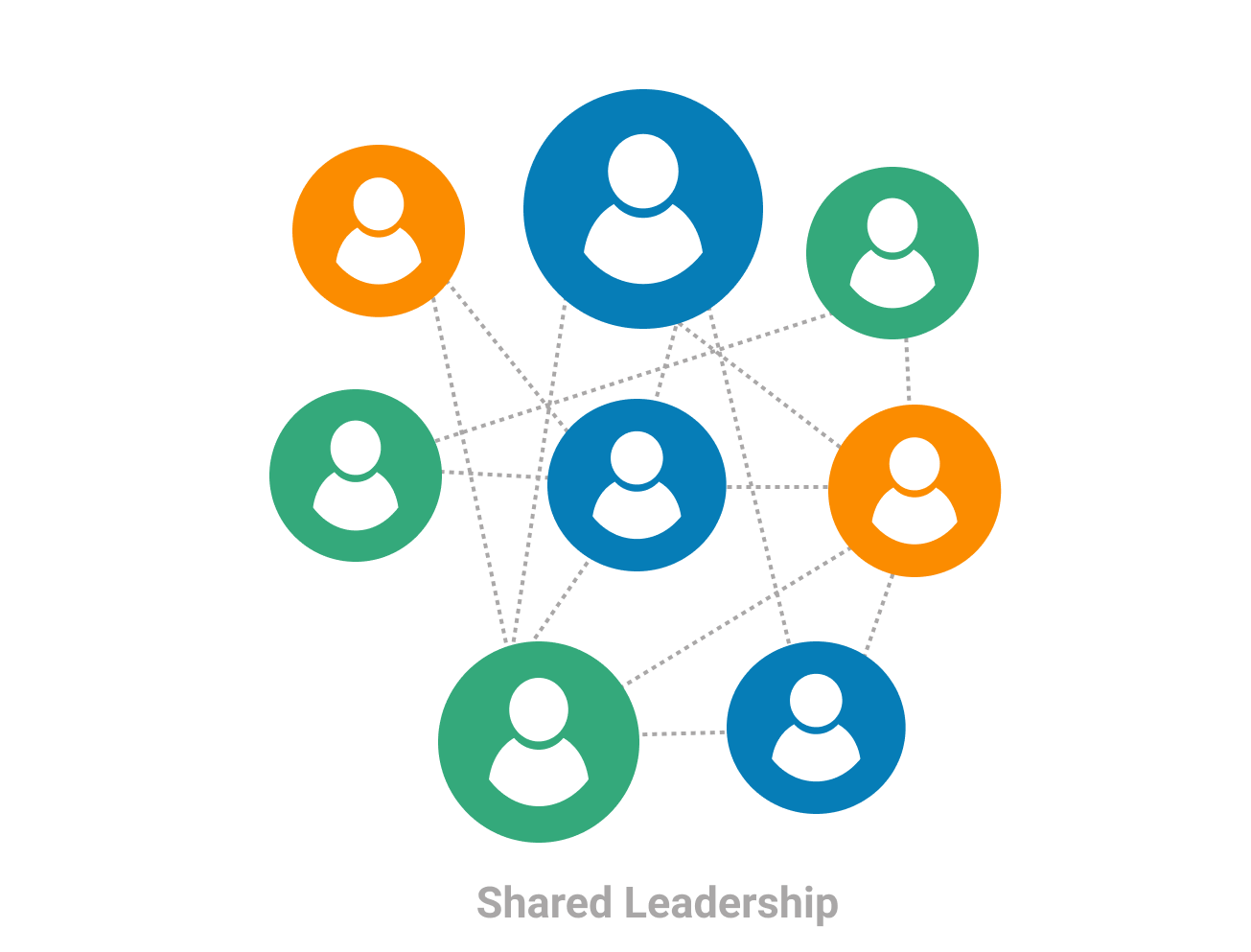Key Takeaways
-
What is Hoshin Kanri Catchball? It's a Lean strategy deployment method that fosters two-way communication and alignment across all levels of the organization.
-
How does it work? Leaders "throw the ball" (a strategic plan), and each level of the organization refines it by adding input, passing it back and forth.
-
Why use it? Catchball promotes ownership, provides practical feedback, and ensures alignment between daily work and strategic goals.
-
How to get started: Use structured conversations, dedicated feedback loops, and a culture of accountability to keep the ball in play.
What Is Hoshin Kanri Catchball in Lean?
Hoshin Kanri Catchball is a Lean strategic alignment process that enables bidirectional communication between leadership and teams. The "catchball" metaphor refers to tossing an idea, like a strategic plan, throughout the organization for feedback and refinement.
In practice, senior leaders define a goal and pass it down to mid-level management. Those managers provide tactical input and "toss" it further down the chain. Eventually, even frontline contributors help shape the direction.
Unlike traditional top-down planning, Catchball fosters collaborative alignment. Everyone who will execute the strategy gets a voice in how it's developed. This not only increases buy-in but also integrates insights from people closest to the work.
How Does the Catchball Process Work in Lean?
Think of the Catchball process as a structured game of collaborative improvement. It works like this:
-
Leadership defines direction: Executives identify a strategic objective (the "ball").
-
Middle managers add tactics: They assess feasibility and refine plans with operational insight.
-
Frontline teams contribute feedback: Those executing the work raise concerns, spot inefficiencies, or suggest better paths.
-
The ball returns upward: Refined goals and tactics move back to leadership for alignment and final decision-making.
This back-and-forth process can occur through multiple rounds until clarity and consensus are achieved. It helps ensure that goals are realistic, supported, and relevant at every level.

Why Is Catchball Important in Strategy Deployment?
Catchball ensures strategic planning is not something done to employees, but done with them.
- It creates alignment by making sure every department and individual understands their role in the bigger picture.
- It builds ownership because ideas shaped by teams are more likely to be executed with care and energy.
- It reduces friction, as it allows potential issues or roadblocks to surface early, before they derail execution.
- It drives engagement by turning employees into active contributors rather than passive recipients of orders.
Catchball transforms strategy from a mandate into a shared mission.
What Are the Typical Steps in the Hoshin Kanri Catchball Cycle?
To implement the Catchball cycle effectively, follow these key steps:
-
Set a clear objective
Leadership defines a strategic direction aligned with company goals.
-
Toss the ball
Share the strategy with mid-level managers or relevant team leaders.
-
Collect feedback and suggestions
Encourage modifications based on operational experience and practical insights.
-
Evaluate input collaboratively
Discuss the suggestions as a team and refine and improve the original plan.
-
Loop back to leadership
Present revised strategies for approval or further iteration.
-
Cascade and repeat
Push the aligned plan down to individual contributors, repeating the cycle as needed.
How to Implement the Catchball Process in Your Organization
While Catchball is conceptually simple, its effectiveness hinges on structure and culture. Here's how to make it work:
-
Invite the right voices: Include people who are involved in executing the plan and can offer grounded, operational input.
-
Create psychological safety: Make it clear that feedback is welcomed, not judged. People must feel safe "catching the ball" and proposing changes.
-
Assign ownership: When someone makes a suggestion that's accepted, they should help execute or lead the improvement.
-
Choose the right format: You can implement Catchball via team workshops, one-on-one sessions, asynchronous updates, or even digital platforms.
-
Keep it iterative: Don't expect a perfect plan in the first pass. The magic of Catchball is in repeated reflection and refinement.
How to Facilitate Effective Communication in Catchball
Communication is the foundation of any successful Catchball process. Here's how to foster it:
- Use open-ended questions to stimulate discussion.
- Document ideas transparently and share updates often.
- Encourage healthy debate, but establish a clear timeline for decision-making.
- Balance top-down vision with bottom-up insight.
- Use visual tools like Hoshin X-Matrices to map strategic goals with measurable actions.
How Does Catchball Align Teams Across All Levels?
Catchball is more than a communication tool - it's a leadership behavior that flattens hierarchy and connects vision with execution. It ensures:
-
Executives shape direction, not dictate tasks.
-
Middle managers bridge vision with execution.
-
Frontline teams shape their tactics based on their lived experiences.
Because every layer is involved, the final plan isn't just aligned-it's understood, endorsed, and embraced.

Start Playing Catch to Accelerate Strategy Execution
Hoshin Kanri Catchball makes strategic planning a team sport. It empowers employees, reveals hidden blockers, and builds plans that work in the real world, not just on paper.
So toss the ball. Ask for feedback. Collaborate on solutions. And when everyone plays, your strategy becomes more than a goal - it becomes a shared mission.
Businessmap is the most flexible software
to align work with company goals










